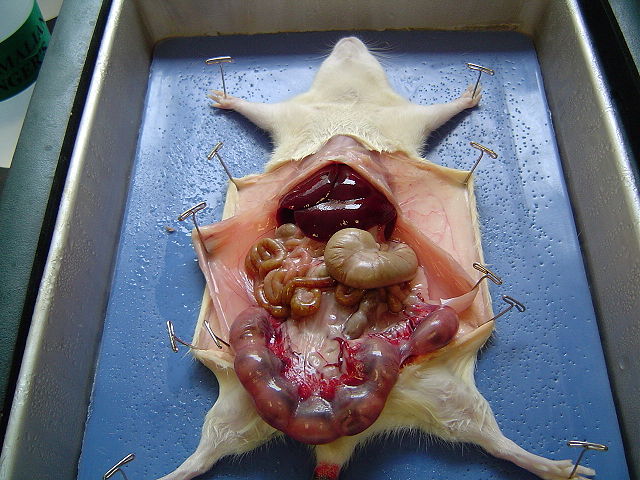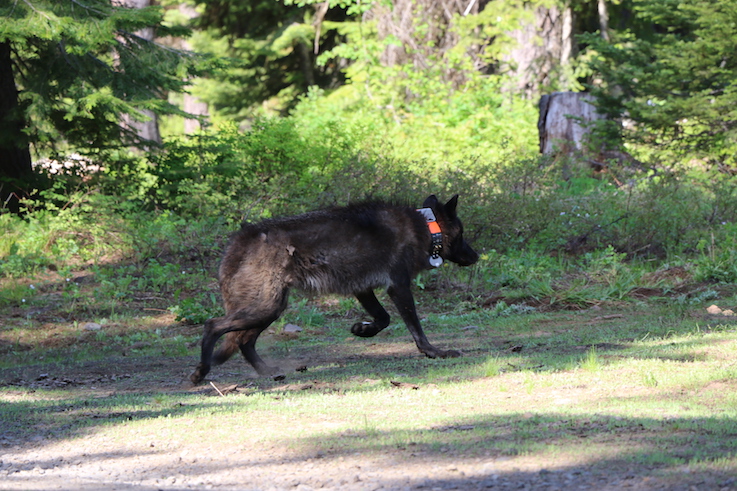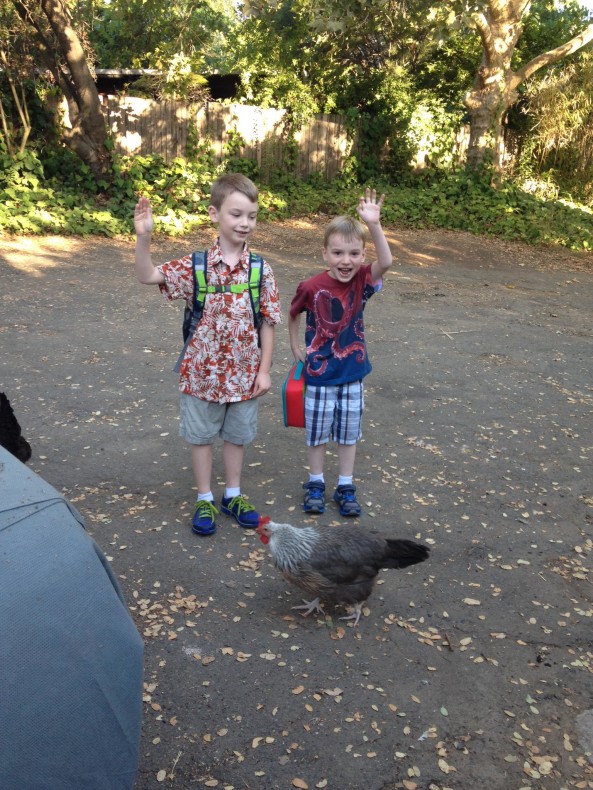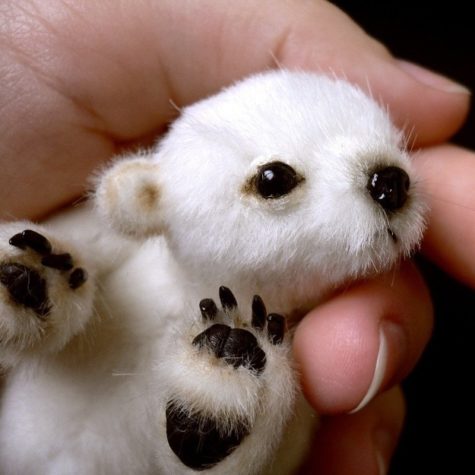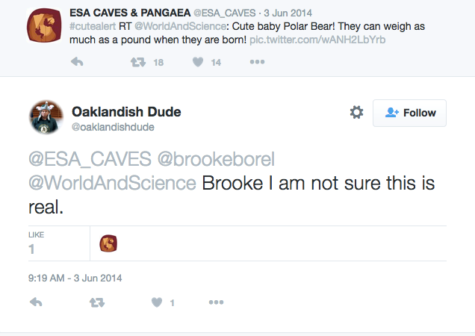 The title of this post is not metaphorical nor is it a misleading hook. I’ve got a sound on tape. It could be a ghost. What is a ghost? Science says no such thing exists. But in these thinning days of autumn, even diehards might glance up startled. What was that?
The title of this post is not metaphorical nor is it a misleading hook. I’ve got a sound on tape. It could be a ghost. What is a ghost? Science says no such thing exists. But in these thinning days of autumn, even diehards might glance up startled. What was that?
If you want to skip this post and go straight to a spooky audio recording I picked up while covering a ghost hunting story, here it is:
However, I recommend you read this early Halloween entry first.
It starts with flashlights panning across Gothic effigies, lighting up figures in the walls above us. I wondered why the lights in the theater weren’t turned on, and now I knew. The shadows were stranger this way. You’d see things out of the corner of your eye, a face, a human body in a headdress with golden wings behind it, its face dark, eyes gleaming. Continue reading
